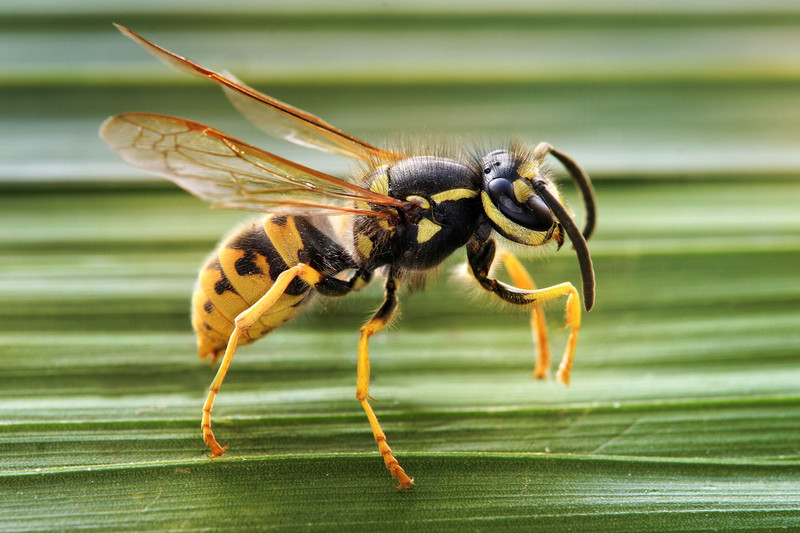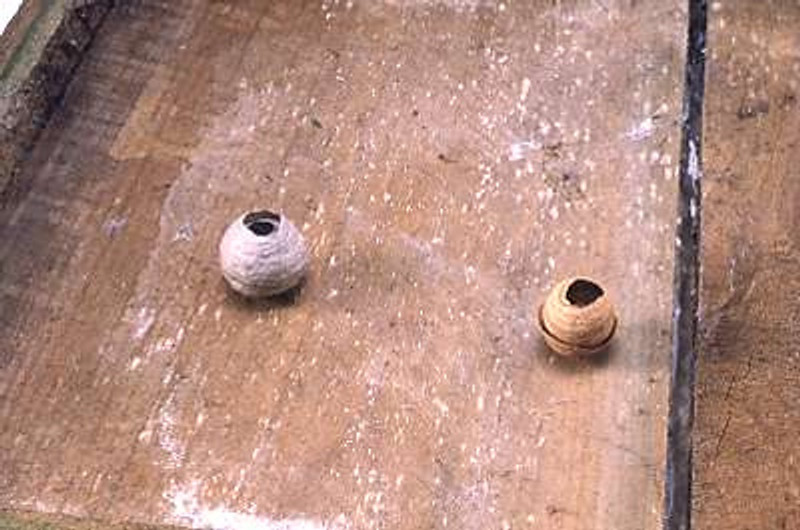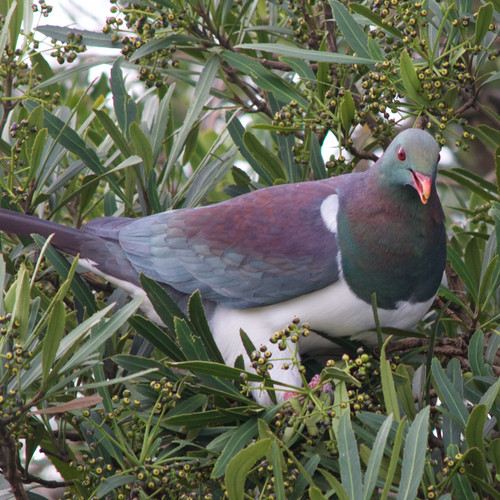Backyard Pests: Wasps
New Zealand has several kinds of native wasps which have evolved here and are not a nuisance. However, five species of social wasps have been introduced in the last 80 years and have become pests. These include German and common wasps, and three species of paper wasps. These introduced wasps harm our native birds and insects (including attacking beehives), as well as being a threat to human health. There is a particular concern for German and common wasps in New Zealand as they have no natural predators here, giving way to some of the highest densities in the world.
What can you do in your backyard? First, make sure they are definitely wasps and not bees. If you don't want to use chemicals because commercial insecticides may be poisonous to other beneficial insects, try some natural insecticides or remedies.
Deter them from your yard. Make sure no food, including pet food, is left lying around and that rubbish bins are tightly sealed. Wasps are attracted to sugary and meaty foods and fallen fruits from trees. Some plants that naturally deter wasps are eucalyptus, citronella, mint and wormwood.
Get rid of the nest. These have the potential to contain thousands of wasps, so take precaution. Wasps quite often build their nests in a hollow in the ground that's protected from excessive heat and rain. When they nest in a house or structure, it's usually inside the eaves or some other place hidden from view. Do a thorough survey for heavy wasp traffic; it's best during dawn or dusk when they are back at their nest. After identifying a wasp nest, German wasp nests are grey and common wasp nests are brown, put on your protective gear. Spray down with natural insecticide. There is also anecdotal evidence that spraying a solution of detergent and water will work by weighing them down when the soap dries on their wings, eventually killing them.
Set up a wasp trap. This method needs to be started in October, which is the optimum time for success. The aim is to catch the queen after she comes out of hibernation in spring but before she makes a nest.
- Using a 1.5L bottle, poke 3 holes approximately 10mm in diameter and about 150 mm from the bottom of the bottle.
- Make up a solution of 4-5 tablespoons of honey in hot water with a little pure vanilla essence (which has alcohol in it). This will make 4-5 traps.
- Leave this to ferment in the sun for at least a week. The solution has to ferment so bees will not be attracted to it.
- Divide the bait between traps, top up with water to just below holes, replace cap and hang in a sunny spot in the garden – fruit trees with curly leaf is a good place.
- Shake every few days to let bait dribble out.
- Strain out when full, reuse and top up bait with water.






